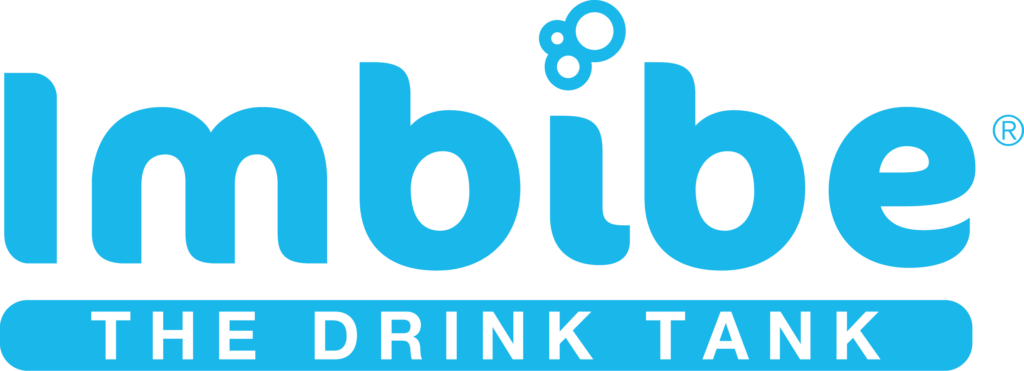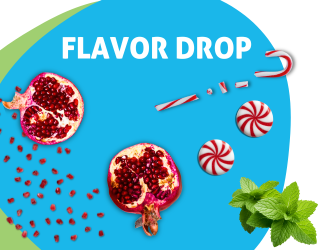The FDA’s plan to revoke approvals for certain synthetic food dyes signals a significant regulatory and market shift — one that will directly impact formulation strategies across the food and beverage industry. For leaders in innovation, R&D, procurement, and operations, this is not just a compliance issue — it’s a strategic inflection point that demands immediate action and cross-functional coordination.
Why This Change Is Urgent
The FDA is preparing to revoke approval for synthetic colorants like Red No. 3, Red No. 40, Blue No. 2, and Green No. 3, citing public health concerns and alignment with global standards. Brands should anticipate enforcement within 12–24 months.
What’s Driving the Shift:
- Global Alignment: The U.S. is following regulatory trends set by the EU and Canada, which have already restricted many FD&C dyes.
- Consumer Expectations: 61% of U.S. shoppers seek clean label products (NielsenIQ), with artificial colors often cited as a top concern.
- Health & Safety Pressure: Emerging research has reignited scrutiny around synthetic dyes’ impact on behavior and allergies — particularly in children.
Four Strategic Priorities for CPG Brands
1. Act Now on Reformulation
Natural color replacements must be identified, tested, and validated quickly to stay ahead of the compliance curve.
- Audit SKUs to assess dye usage.
- Engage partners early to access stable, scalable alternatives.
- Consider the full functional impact — not just color match.
2. Plan for Technical Tradeoffs
Natural pigments bring challenges: instability, shade variability, and ingredient interactions that impact the products appearance and shelf life.
- Conduct pilot testing to validate performance in key matrices (e.g., dairy, beverages, bakery).
- Collaborate across R&D and sensory to maintain product consistency.
- Use encapsulation or stabilization as needed.
3. Update Regulatory & Labeling Protocols
Switching to natural colors can affect disclosures, allergen status, and packaging.
- Refresh GRAS documentation, ingredient statements, and spec sheets, for both colors and finished products (e.g., replacing “Red 40” with “beet juice”).
- Build in time for artwork revisions.
- Track evolving state-level rules, especially in California and New York, because they often lead regulatory changes in the U.S.
4. Strengthen Supply Chain Resilience
Natural colorants are more expensive and vulnerable to supply volatility.
- Diversify your supplier base and validate backups now.
- Secure forward contracts where possible.
- Monitor pricing trends as demand surges (global CAGR for natural food colors market projected at 5–7% through 2028).
Why Your Formulation Partner Matters More Than Ever
This isn’t a one-for-one ingredient swap — it’s a cross-functional transformation. A strategic partner can help you manage technical risk, accelerate reformulation, and build long-term resilience.
Look for a partner who can:
- Prototype at speed, from bench to pilot scale.
- Navigate regulatory changes and documentation updates.
- Source and validate colorants with consistent performance.
- Support supply chain planning and alternate sourcing strategies.
Turn Regulatory Disruption into Brand Opportunity
This transition will be complex — but it’s also a chance to lead. Early movers can enhance consumer trust, future-proof SKUs, and differentiate on clean label innovation.
Imbibe is here to help. Our team brings decades of experience in formulation, sensory design, and regulatory strategy to support your move away from synthetic dyes. Whether you’re reformulating a core product or refreshing your entire portfolio, we’ll help you get it right — fast.
Email us at marketing@imbibeinc.com to talk about your clean color strategy.



